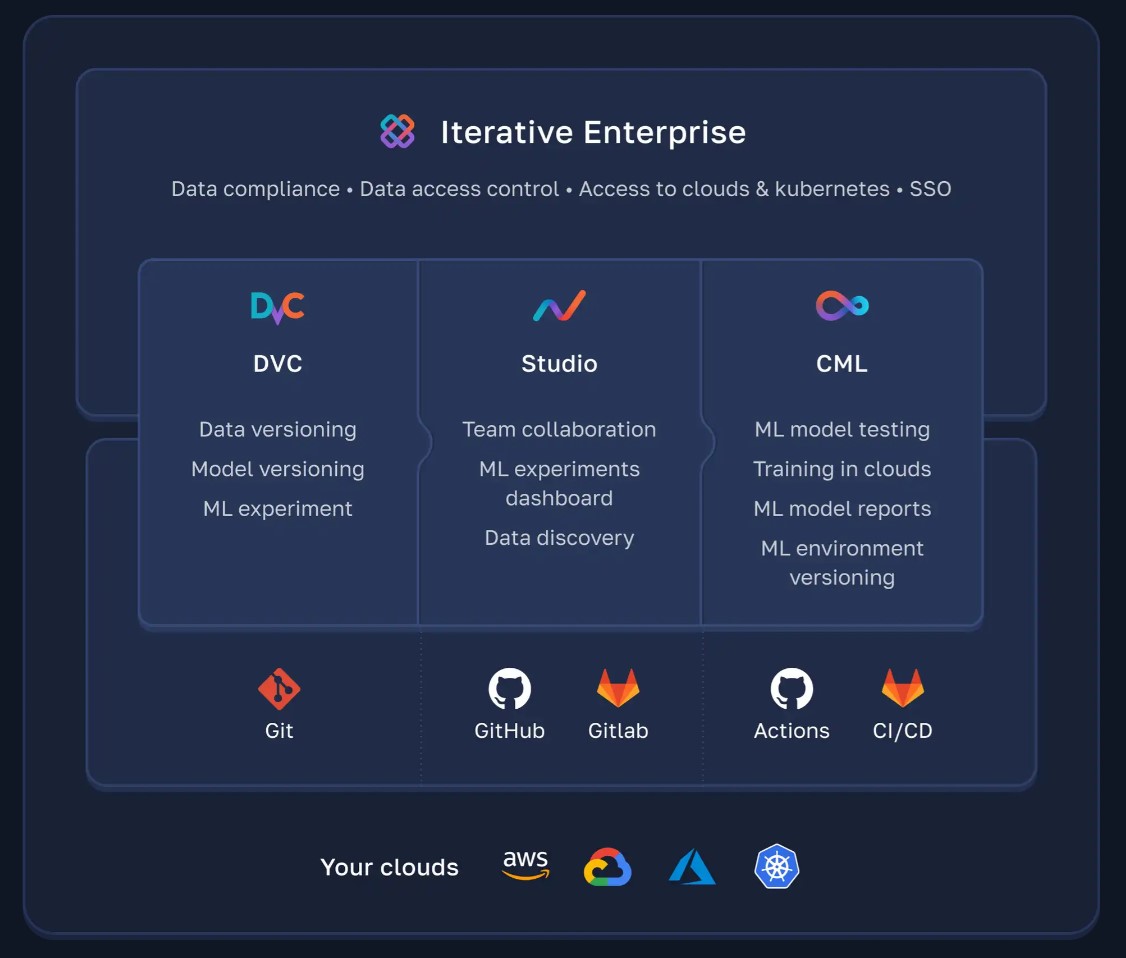DealHub raises $20M Series B for its sales platform
DealHub.io, an Austin-based platform that helps businesses manage the entire process of their sales engagements, today announced that it has raised a $20 million Series B funding round. The round was led by Israel Growth Partners, with participation from existing investor Cornerstone Venture Partners. This brings DealHub’s total funding to $24.5 million.
The company describes itself as a ‘revenue amplification’ platform (or ‘RevAmp,’ as DealHub likes to call it) that represents the next generation of existing sales and revenue operations tools. It’s meant to give businesses a more complete view of buyers and their intent, and streamline the sales processes from proposal to pricing quotes, subscription management and (electronic) signatures.
“Yesterday’s siloed sales tools no longer cut it in the new Work from Anywhere era,” said Eyal Elbahary, CEO & Co-founder of DealHub.io. “Sales has undergone the largest disruption it has ever seen. Not only have sales teams needed to adapt to more sophisticated and informed buyers, but remote selling and digital transformation have compelled them to evolve the traditional sales process into a unique human-to-human interaction.”
The platform integrates with virtually all of the standard CRM tools, including Salesforce, Microsoft Dynamics and Freshworks, as well as e-signature platforms like DocuSign.
The company didn’t share any revenue data, but it notes that the new funding round follows “continued multi-year hyper-growth.” In part, the company argues, demand for its platform has been driven by sales teams that need new tools, given that they — for the most part — can’t travel to meet their (potential) customers face-to-face.
“Revenue leaders need the agility to keep pace with today’s fast and ever-changing business environment. They cannot afford to be restrained by rigid and costly to implement tools to manage their sales processes,” said Uri Erde, General Partner at Israel Growth Partners. “RevAmp provides a simple to operate, intuitive, no-code solution that makes it possible for sales organizations to continuously adapt to the modern sales ecosystem. Furthermore, it provides sales leaders the visibility and insights they need to manage and consistently accelerate revenue growth. We’re excited to back the innovation DealHub is bringing to the world of revenue operations and help fuel its growth.”
![]()



